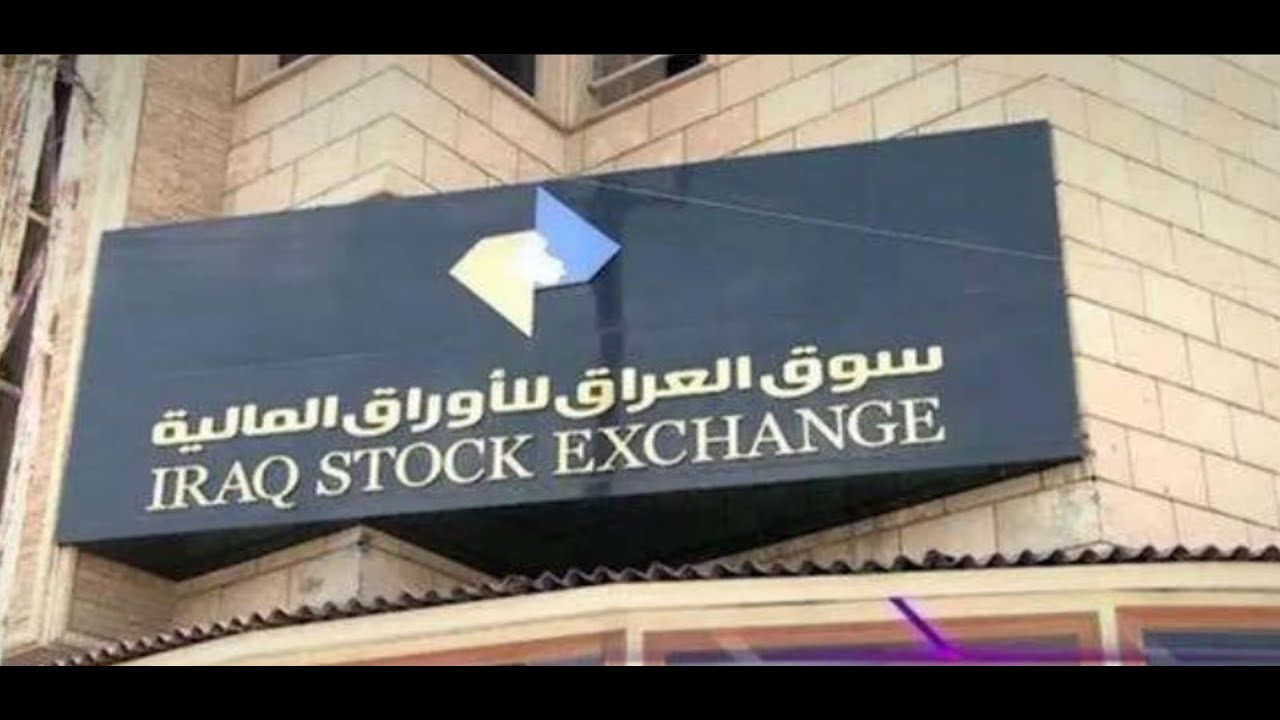LECTURE Cryptocurrencies - Ponzi Scheme, Bubble, or Legitimate Investment? (2018)
More here: http://samvak.tripod.com/nm017.html
Cryptocurrencies represent a major foundational revolution whose full implications are yet to be grasped. They challenge the paradigms underlying both the central banks’ money monopoly and public digital goods.
Cryptoassets are digital goods, but they are scarce: they require “mining” and the total number of units in limited. Consequently, cryptoassets such as cryptocurrencies are rivlarous (there is a marginal cost associated with producing additional units) and excludable (access to and ownership of the cryptoasset is restricted).
Blockchain technologies are to transactions what TCP/IP is to connections: they offer distributed, redundant, and autonomous self-updating, propagated, time-stamped, linked, irreversible, consensus-driven (polled), and smart (self-executing) electronic ledgers.
Blockchain technologies present the first feasible solutions to counterfeiting, security policies, identity management, auditing, real-time transacting, mobile and micropayments, scarcity management, monetizing intangibles, crowdsourcing, record keeping, and a host of other hitherto intractable bottlenecks in business and finance. Blockchain technologies seamlessly interface across private, consortium, and public networks.
The risks are as big as the promises and the rewards: from asset bubbles to money laundering, the financing of terrorism, cryptojacking, and threatening the foundations of the financial value chain. These threats are amplified by the recent introduction of exchange-traded bitcoin derivatives (options and futures), ETFs and mutual and hedge funds which invest in cryptoassets, and sovereign cryptocurrencies (e.g. in Russia, Sweden, Venezuela), thereby granting putative future access and price-setting privileges and power to financial institutions and commodifying the underlying assets.
The technology used by first generation cryptoassets is slow because transactions are processed serially and with a block size of 1 Mb. Blockchains are far slower than relational databases. Emerging solutions such as sharding, layering, and BaaS (Blockchain as a Service) may compromise the safety of the blockchain and render it hackable. QBit (quantum computing) with a block size of 2 Mb may be the solution. These risks are also attendant upon new approaches to coinage such as minting (instead of mining) and proof of stake (instead of proof of work with a target value).
Current software is also buggy. Ethereum, for example, lacks a decimal point (for self-executing scripts). Once blockchains become mainstream, centralized control is likely to render them more hackable. Regrettably, the technology is anarchically fragmented with not a hint of impending standardization.
The main concern, though, is the fact that cryptocurrencies, though they do store value as investment vehicles, failed to become accepted means of exchange. In the absence of this crucial function, they are bound to wither and then vanish in a speculative boom and bust.
One possible solution would be to link cryptoassets to crowdfunding as its main form of “money”. Cryptocurrencies are actually crowdsourced and the underlying blockchain technology would introduce rigorous fraud control beyond the current rather flimsy peer-review cum peer-pressure mechanisms in place in P2P financing.




















